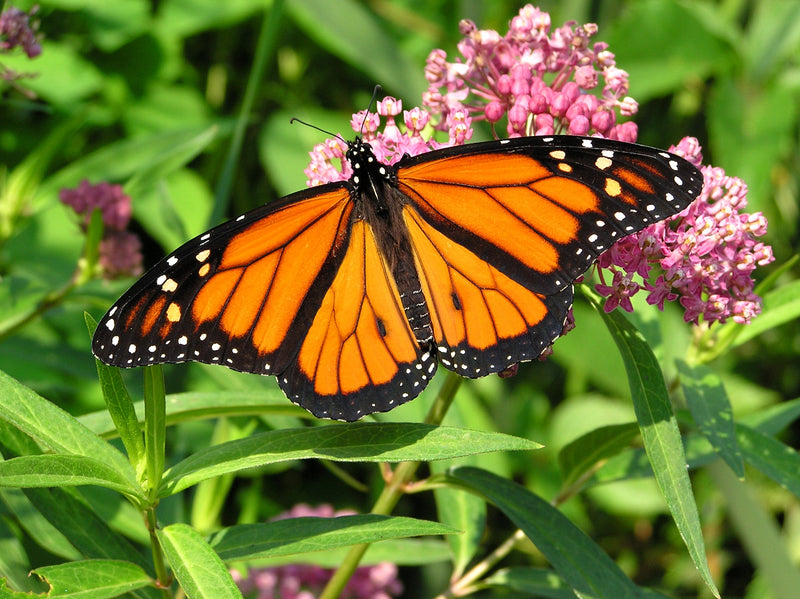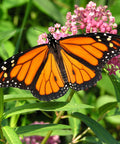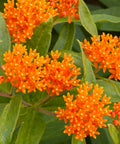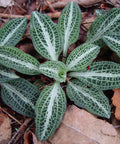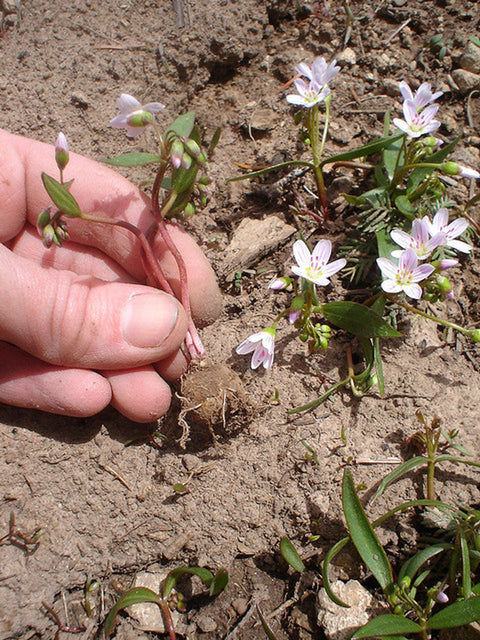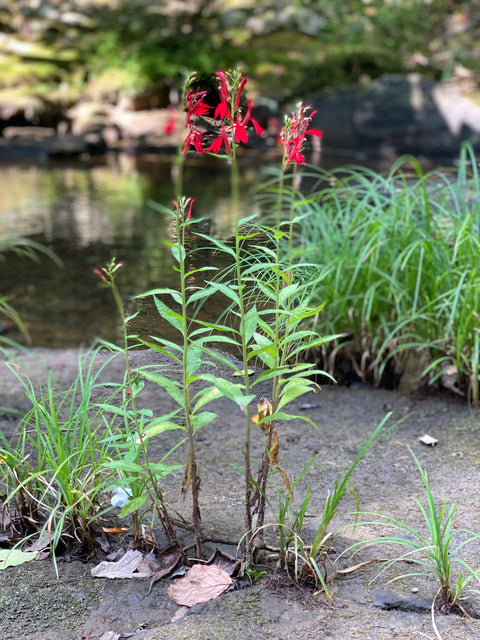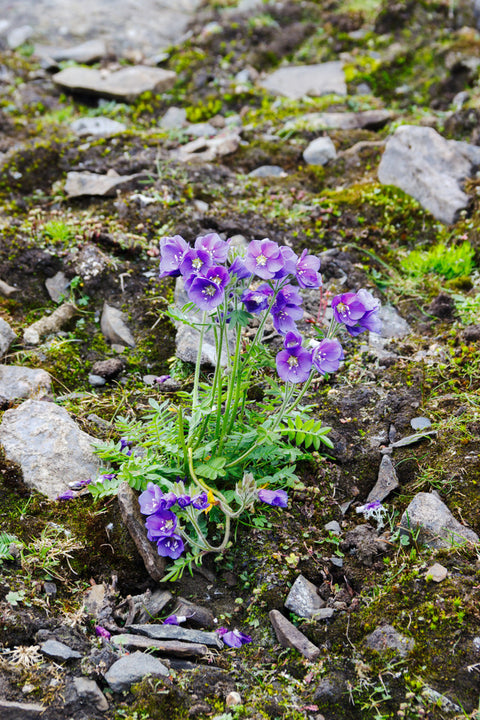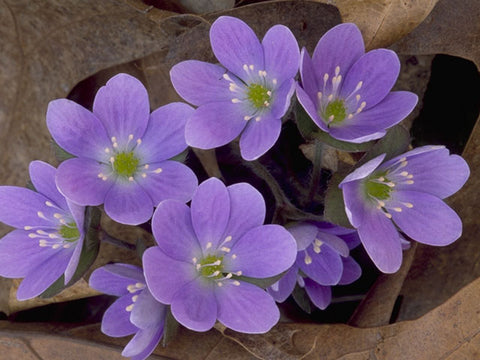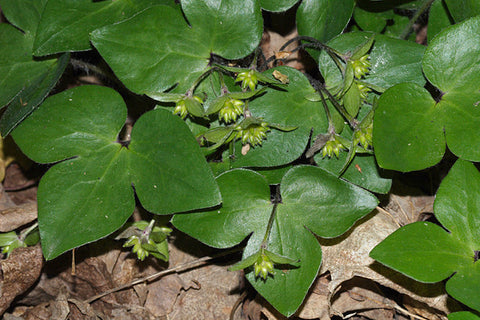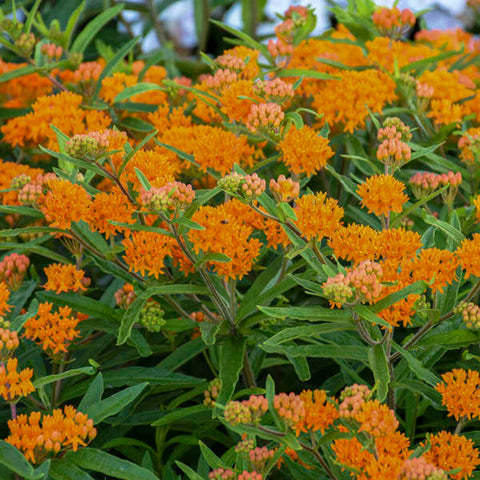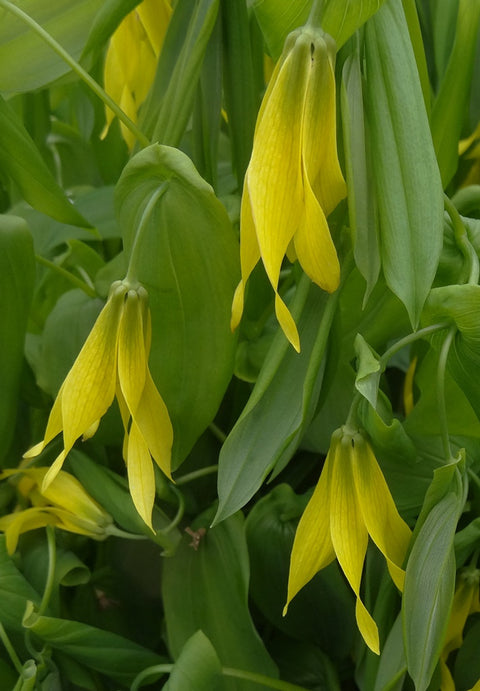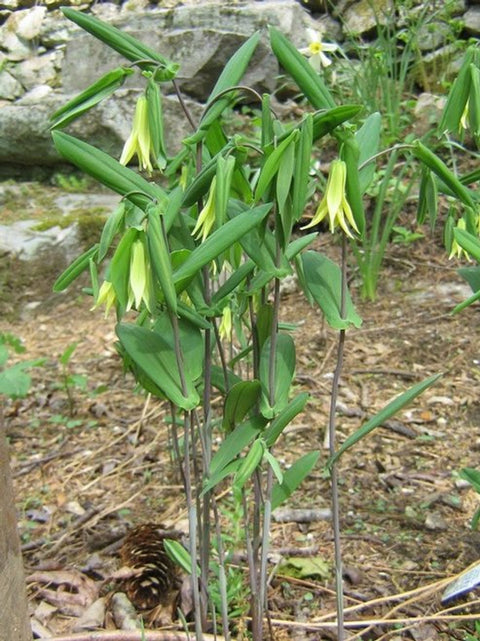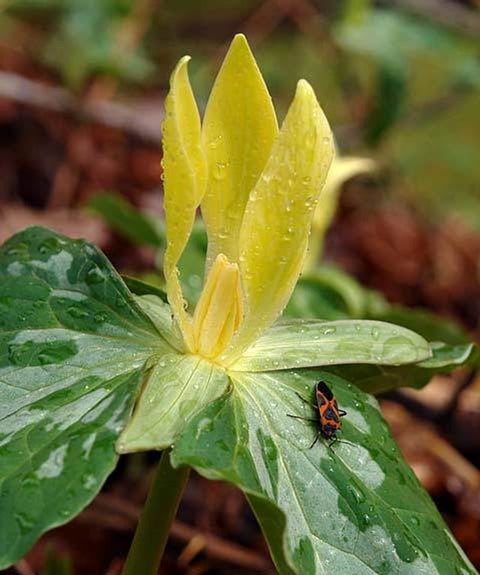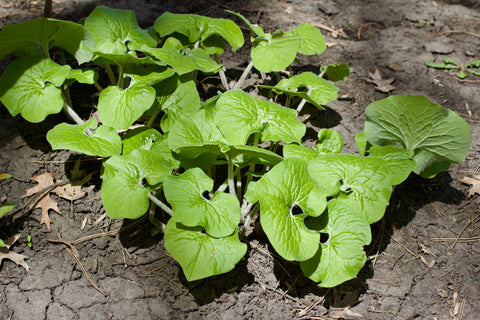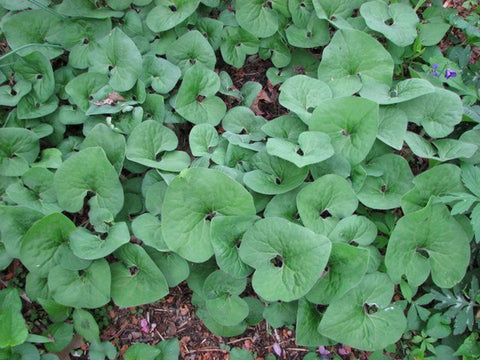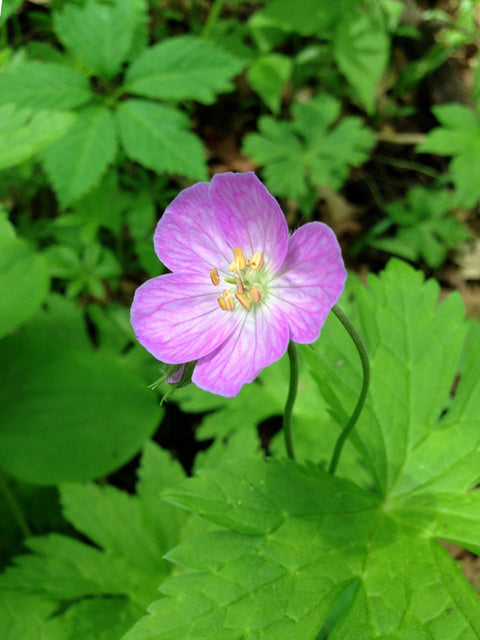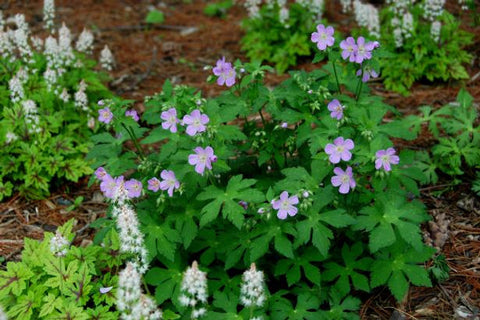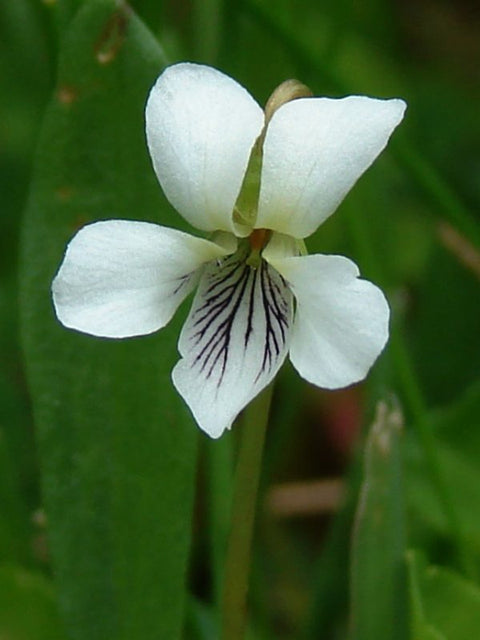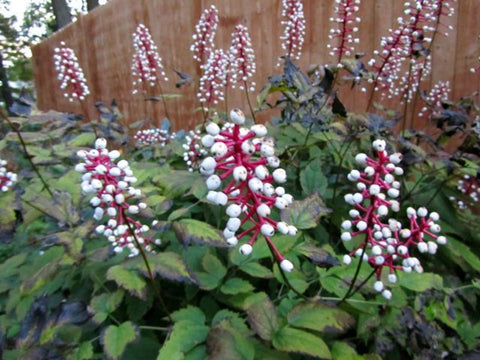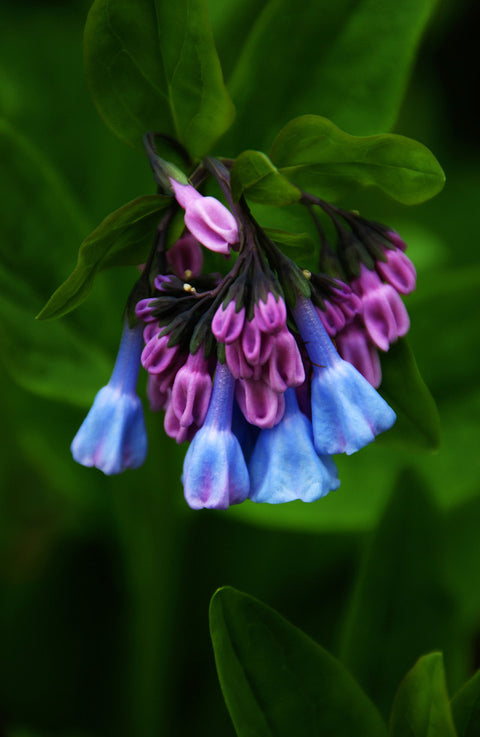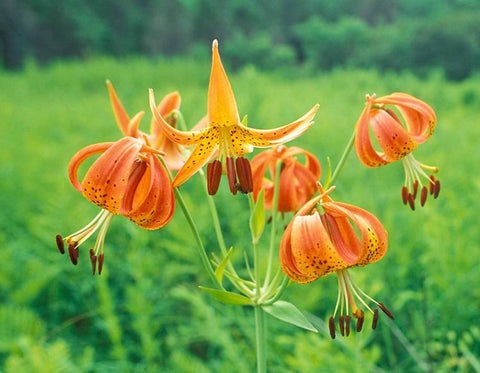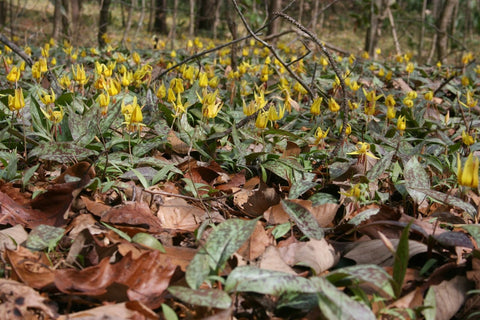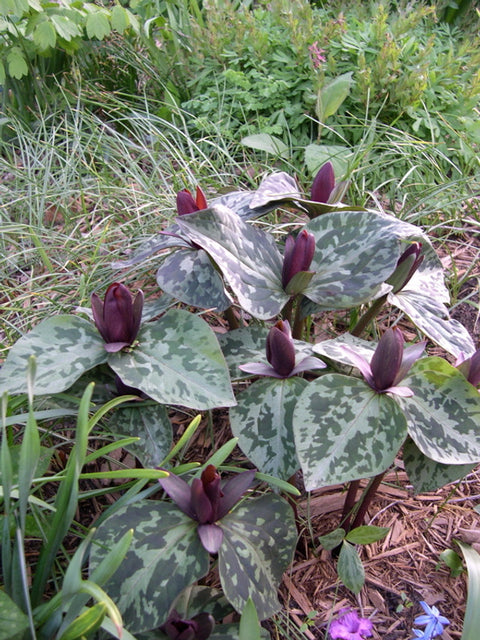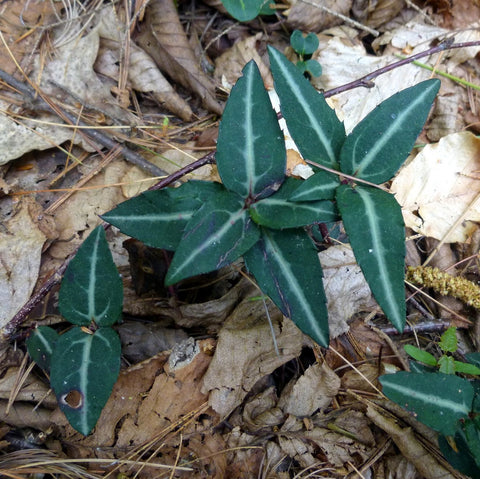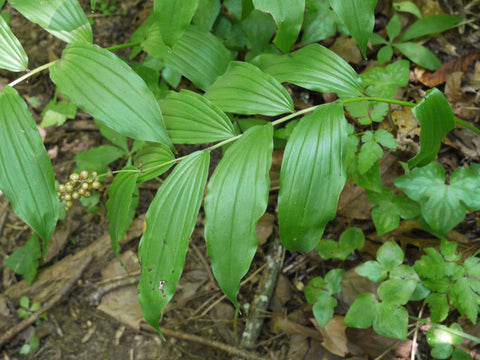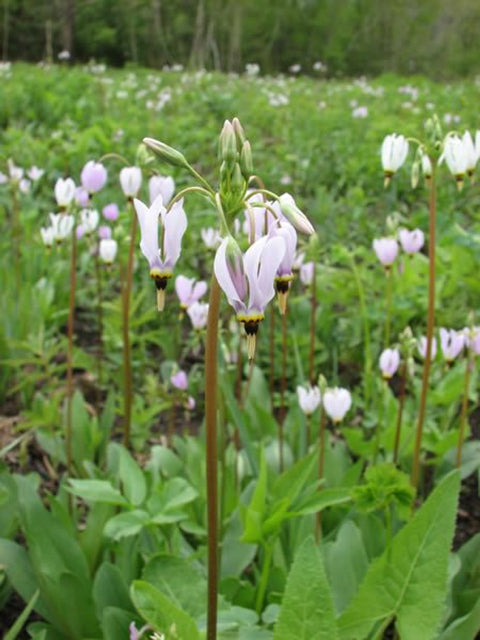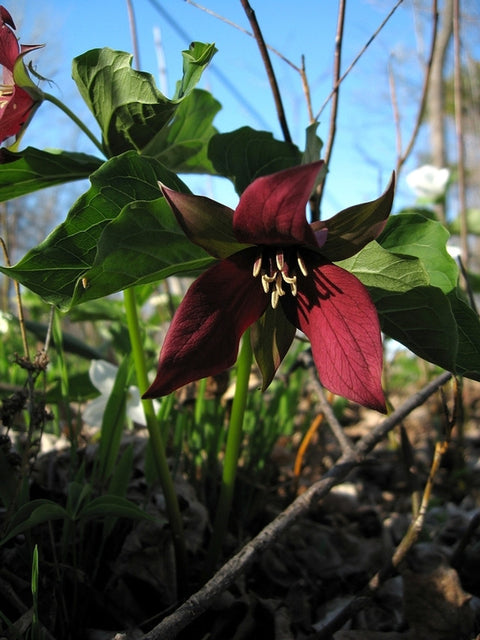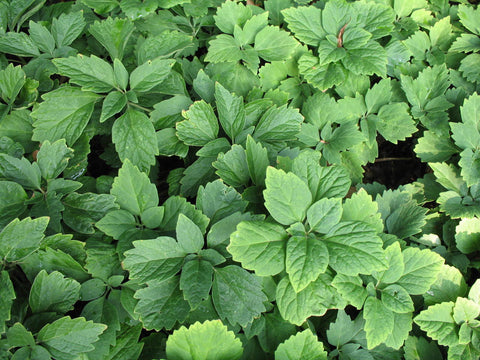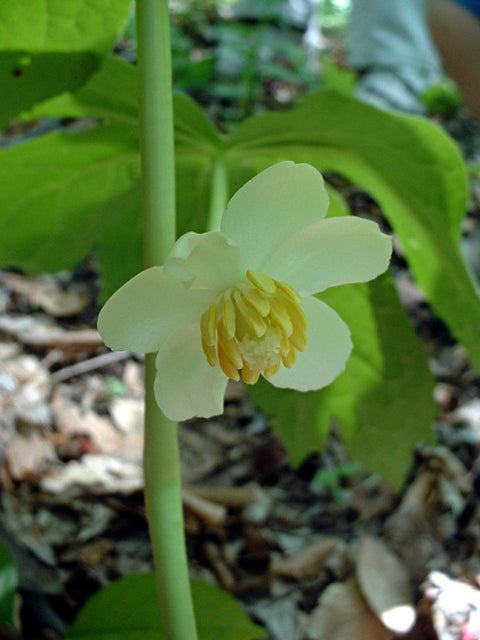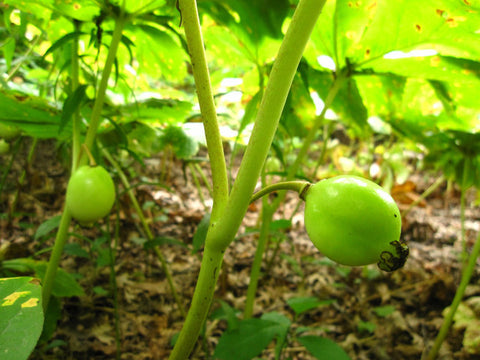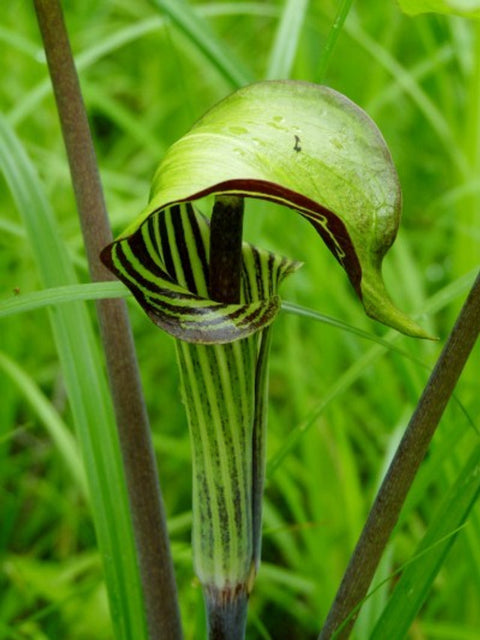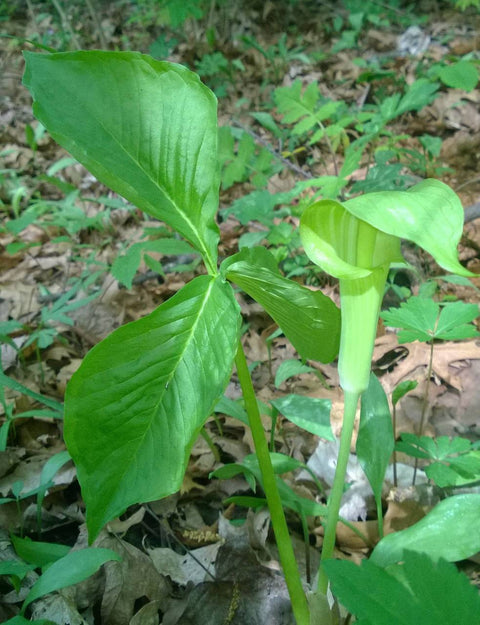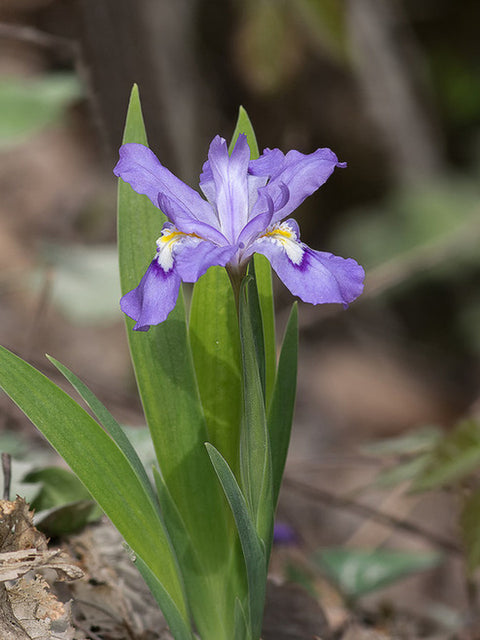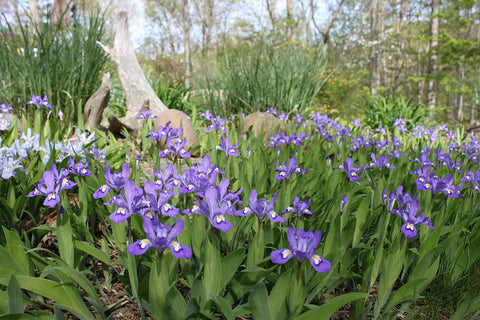Perennials
Native Perennials: Year-Round Color and Low Maintenance
In recent years, gardeners and landscapers have turned to native perennials as the backbone of sustainable, beautiful landscapes. As their name suggests, native plants are species that occur naturally in a particular region. Over time, they have developed relationships with local wildlife and adapted to the climate, soil, and seasonal conditions. Unlike imported or exotic plants, native perennials are ideally suited to grow with minimal effort in their home landscapes, and they can play an essential role in supporting ecosystems that have been under pressure for decades.
A perennial plant is one that lives for more than two years and returns each growing season from the same root system. Native perennials are those that are found naturally in your region, as opposed to being introduced by people. These plants have evolved over thousands of years to survive in local conditions, resist regional pests, and blend harmoniously into their natural surroundings. Purple coneflower is native to the Midwest, black-eyed Susan is native to much of North America, butterfly weed is a prairie and meadow native, and Heuchera comes in several species that are woodland natives.
Native perennials require less maintenance than most plants.
Native perennials, because they are adapted to your home region, typically need less water, fewer chemicals, and less maintenance overall than non-native ornamentals. This means they are a good choice for gardeners who want to be both beautiful and sustainable. But their benefits for the local ecosystem do not stop there.
Native perennials are a boon for biodiversity. They are not only garden beautifiers but the building blocks of healthy ecosystems. Native plants provide nectar, pollen, seeds, and shelter for many creatures. Native bees, butterflies, hummingbirds, and other pollinators have co-evolved with these plants and often depend on them for food that is not available from exotic species. For example, monarch butterfly caterpillars can eat and survive only on milkweed, so monarchs cannot exist without this native plant. Likewise, native asters are late-season bloomers, providing an important nectar source at a time when other flowers are fading.
Native perennials are also more resistant to pests and diseases common to your area. Their hardiness reduces or eliminates the need for synthetic pesticides that can harm beneficial insects and upset the balance of your garden’s ecosystem. Their roots also provide environmental benefits. Many native perennials have deep, fibrous root systems that stabilize the soil, prevent erosion, and improve water infiltration. They act like a sponge, absorbing rainwater and slowly releasing it back into the soil, which reduces stormwater runoff and improves drought resilience.
The most appealing characteristic of native perennials for home gardeners is likely their low-maintenance nature. Once established, these plants can often survive on rainfall alone, with little or no additional watering. They do not require constant fertilization, frequent division, or annual replacement. Many are also self-seeding to some degree, meaning they will naturally fill in gaps in the landscape over time without becoming invasive. This makes them ideal for the home gardener who wants a “plant it and enjoy it” approach.
You do not have to sacrifice seasonal interest when you plant native perennials. A carefully planned garden of native plants can provide color and interest all year long. Woodland species such as trillium, columbine, and wild geranium bloom in the spring, providing early-season food for emerging pollinators. Coneflowers, black-eyed Susans, and bee balm offer vibrant color and butterfly-attracting power in the summer months. Goldenrod and asters extend the season in the fall with golds and purples and provide fuel for migrating pollinators. Even in winter, ornamental grasses and seed heads add structure, texture, and food for birds.
Designing with native perennials is a creative and rewarding process. It begins with matching the right plants to the right places in your landscape. Understanding the light, soil, and moisture conditions in different parts of your garden will help you choose species that will thrive. Plant in groups rather than as individual specimens for visual impact and to make it easier for pollinators to find their food sources. Mix plant heights, colors, and foliage textures for visual interest, and include native grasses for movement, winter appeal, and beneficial insect habitat. Don’t focus only on blooms—consider features such as foliage color, seed head shapes, and winter silhouettes to create a garden that holds interest year-round.
Native perennials vary by region, and the most successful gardens will have plants that are adapted to their local climate and soil conditions. In the Northeast, bee balm, New England aster, and Solomon’s seal are popular native perennials. Purple coneflower, prairie blazing star, and butterfly weed are some of the Midwest’s favorites. Native Southeastern gardens often feature cardinal flower, blue false indigo, and coral honeysuckle.
Native perennials also have the potential to help mitigate and adapt to climate change. Their deep root systems sequester carbon in the soil, which can help offset greenhouse gas emissions. Many native plants can thrive with little to no irrigation, which will be increasingly important as water becomes scarce in some areas. By choosing native perennials for your garden, you can support climate adaptation and restoration efforts in a meaningful way.
How many native perennials should I buy?
If you are new to native perennials, it is best to start small. Choose a section of your yard to dedicate to native plants and watch how they grow and interact with local wildlife throughout the seasons. It is important to research which plants are native to your area and purchase them from reputable nurseries that propagate their plants from seed rather than collecting them from the wild. While native plants generally need less soil amendment than non-native exotics, removing aggressive weeds before planting will give your natives a better chance. Water regularly in the first year, but after that, your native plants should need little to no care. Avoid pesticides and synthetic fertilizers, which can harm the beneficial insects and pollinators your garden is designed to support.
Planting native perennials is more than just a gardening decision. It's an ecological statement. These plants help return a portion of your region's natural legacy. They offer beauty for you and habitat for wildlife. They link your garden to the larger natural world, to the prairies, forests, meadows and wetlands just outside your yard's boundaries. Every flower, every nod of a grass stalk, every bee or butterfly that visits demonstrates that your garden is more than a pretty place, it's a vital, intentional part of the world around you.
Native perennials offer a path forward for gardening with intention. They provide us with color and charm, with resilience against drought and pests, and with the wildlife that keeps our ecosystems working. By choosing them, you are creating a space that gives back to the land, to the creatures that share it with us, and to future generations who will inherit the world we shape today.
